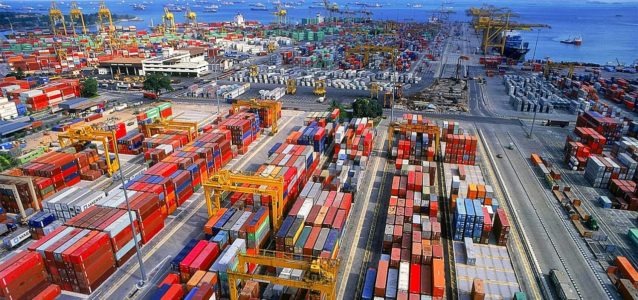The 2019 Xinhau-Baltic International Shipping Centre Development Index has ranked Singapore again, as the leading city that offers port and business services, for the sixth time running. The index ranks cities based on the services and facilities offered for international and business development. Singapore attracts approximately 13,000 vessels on average per annum with its free port. Being a Free Port (or zone), it encourages economic activity and trade to each and every nation with equal opportunities.
Its strategic position, equal to that of Colombo Port, makes it an ideal maritime hub with the region and global area. Having said so, it can be safe to say that the maritime industry is also a key player in Singapore economy, and having understood that, keep improving, innovating and investing its facilities to be able to accommodate vessels the globe over. The index also named Hong Kong, London, Shanghai Dubai, Rotterdam, Hamburg, New York-New Jersey, Houston, and Athens as other leading shipping ports in the world.
The most investment within Singapore is the Tuas Mega Port Expansion Project that is expected to be completed in 2040, with the first stage slated for delivery in 2021. Once completed, it will house the largest container terminal in the world. The terminal will feature container consolidation handling within the terminal with better efficiency as well as improved turnaround times for vessels stopping at the Singapore Port.
Singapore Port’s ability to continually deliver services in ship management and ship broking has made it a choice for many freight forwarders. It’s come to be with the assistance of maritime establishments, maritime industry and shipping unions too.
The Tuas Mega Port will also act as a pilot for many next-gen technological rollouts in the hope of optimising efficiencies within the Singapore Port. Other tech slated for success include the likes a next level traffic management system that will be able to assist route planning for vessels as well as predict areas of congestion areas too.
With more and more developments in sight, the Singapore Port looks at improving relationships with regional key players to better growth in the South East Asia region as well as the globe.
Stay tuned for more industry related blog posts via Transco Cargo!

